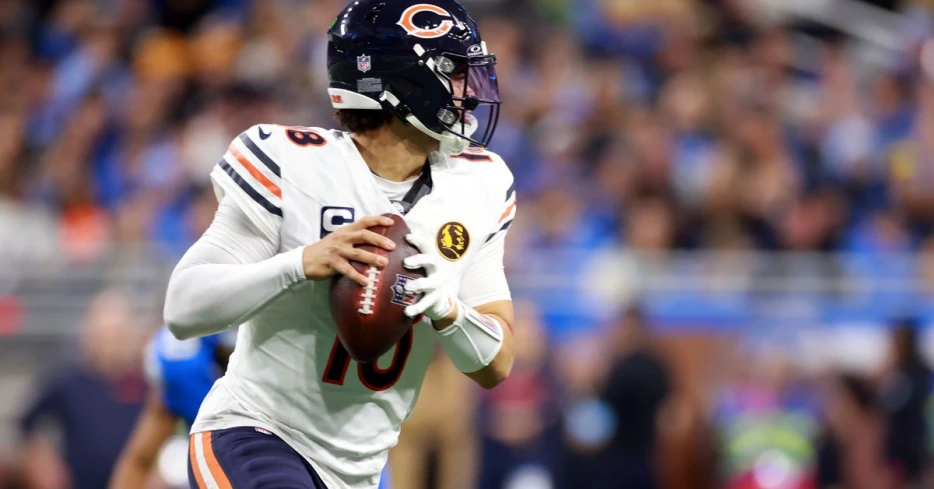
 Windy City Gridiron
Windy City Gridiron
QB wins? Tackles? Red Zone Conversion %? Interceptions Thrown? Which NFL stat is the least useful in judging a player's ability?
We’re in the heart of the NFL offseason, finding the Chicago Bears smack dab in the middle of the lull between OTAs and training camp, what better time to spark some discussions about topics we rarely touch on during the regular season?
That brings us to a fun question worth exploring:
What’s the most overrated stat in the NFL?
For a long time now, I’ve had a personal gripe with one particular stat: the NFL Passer Rating. In fact, [shameless plug warning] I spent four months this offseason trying to develop a better way to quantify a quarterback’s impact, something I call the True Passer Rating. (Feel free to ask me about it anytime.) Now, back to our regularly scheduled off-season fluff piece!
Well, let’s start with a question: What does the NFL Passer Rating do?
To try and keep it simple, the NFL Passer Rating is a traditional formula used to measure a quarterback’s passing efficiency. It combines four key passing statistics: completion percentage, yards per attempt, touchdown percentage, and interception percentage into a single number on a scale from 0 to 158.3, where higher is better.
Its birth began in 1971 when NFL Commissioner Pete Rozelle (yes, that Pete Rozelle)...
... petitioned the NFL’s statistical committee to create a new way to crown a passing leader. It was officially adopted as the league standard in grading QB efficiency in 1973. Officially giving the league a way to crown its best/most efficient Quarterback.
But, why don’t I like it?
I have a few reasons.
Simply put, the NFL Passer Rating offers an outdated lens for evaluating quarterback success. According to Pro Football Reference, the league’s average passer rating has climbed from 64.9 in 1973 (when Roger Staubach led the NFL with a 94.6 rating) to 92.3 in 2024, with Lamar Jackson topping the list at a stellar 119.6. To put that in perspective, Staubach’s league-leading rating in 1973 would have ranked just 15th in 2024, right behind Russell Wilson. As quarterback skill has evolved and league rules have increasingly favored the passing game, it’s become harder and harder to make fair comparisons across eras using this metric alone.
Here’s a simple thought experiment:
Quarterback A throws one pass: a 70-yard touchdown. However, 65 of those yards come after the catch, with the Wide Receiver turning a 5-yard slant into a long score.
Quarterback B also throws a 70-yard touchdown, but in this case, only 20 yards come after the catch. The QB hit his receiver perfectly in stride on a go route.
Are these two throws equal? According to the NFL Passer Rating, they result in the same 158.3 “perfect” score. But fails to take into consideration the relative difficulty of each throw,...